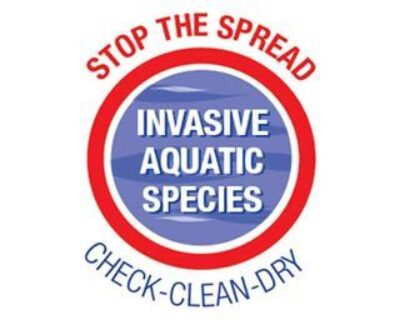Anyone who goes fishing, carries out river fly monitoring, does river habitat works, or indeed is involved in any other water-based activities, should be aware of the risks of transferring diseases and invasive non-native species (INNS) on clothing and equipment.
As a practical, hands-on organisation involved in habitat restoration (or angling!), WTT staff are at the waterside, every week, all around the country and so we adhere strictly to biosecurity protocols drawn up using the latest guidance from the GB Non Native Species Secretariat, and informed by peer reviewed research.
